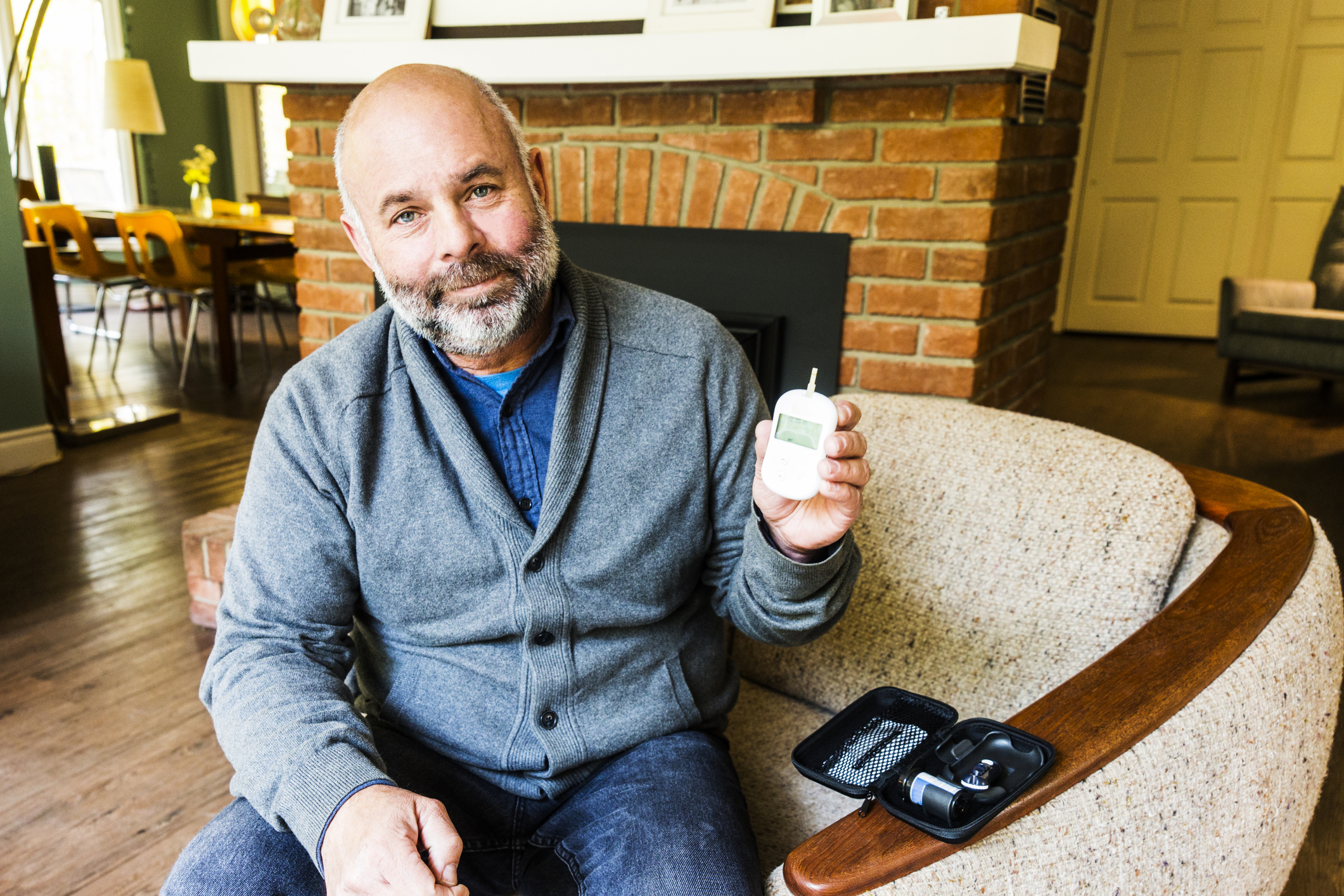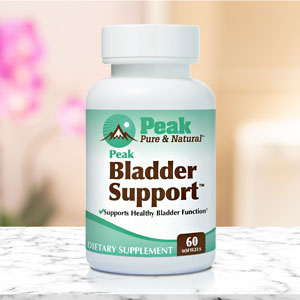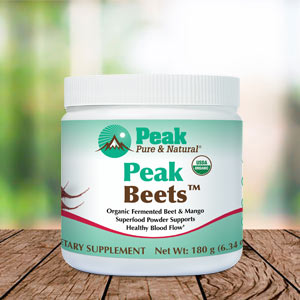Get Easy Health Digest™ in your inbox and don’t miss a thing when you subscribe today. Plus, get the free bonus report, Mother Nature’s Tips, Tricks and Remedies for Cholesterol, Blood Pressure & Blood Sugar as my way of saying welcome to the community!
The ED drug that brings long-term blood sugar down

Over the years, persistent health researchers have uncovered some pretty interesting connections among various diseases and conditions, many of which have left us scratching our heads in disbelief.
Like the way gum disease is tied to cancer and diabetes.
Well now, researchers have confirmed a new connection…
It comes from a type of drug known for helping get things “up” — but has been found to take down long-term blood sugar in type 2 diabetics…
It’s all about nitric oxide
Before you read about this amazing connection, you need to know a little about nitric oxide (NO).
Nitric oxide is a gas that our bodies produce naturally. It acts as a signaling molecule, telling blood vessels to relax, for one very important purpose: to allow healthy blood flow to every nook and cranny of the body.
One arena where this is crucial is in the treatment of erectile dysfunction.
NO is what makes drugs for erectile dysfunction, like Viagra and others, effective.
You see, erectile dysfunction is a vascular (blood vessel) and hormonal problem.
When NO helps the muscles in the penis to relax, the chambers inside the penis can fill with blood and an erection can be achieved.
Erectile dysfunction is not only a sign of trouble in the bedroom. It can be a sign of a serious heart problem or an indication of high blood sugar that is moving quickly toward full-blown diabetes.
And here’s where the connection comes in…
ED drugs promote effects of NO on blood sugar
Drugs like Viagra, known as PDE5 inhibitors, harness nitric oxide and its ability to open blood vessels.
That’s why, in previous research, investigators tested a theory that providing a sustained supply of NO may be an efficient way of treating cardiometabolic syndrome. Reduced NO absorption is a hallmark of the disorder.
And they were right. In experiments using mice, those that had their NO levels boosted had better glucose tolerance and lower fasting insulin levels. And compared to a control group that was not supplemented with NO, the NO mice gained 17 percent less body weight.
More recently, research at the University of Gothenburg in Sweden set out to investigate whether the drug tadalafil (Cialis), might have a similar effect in people…
Potency drug reduced long-term blood sugar in small group of people
In their research, eighteen participants were randomly assigned to receive either a high daily dose of tadalafil or a placebo for a period of six weeks. The groups then switched for another six weeks.
Because tadalafil has several unpleasant side effects, including headache, heartburn, diarrhea, muscle and back pain, low blood pressure, nasal congestion, tinnitus and blurred vision, the participants were closely monitored.
How did things pan out?
There was no significant difference in insulin sensitivity. But surprisingly, tadalafil caused a clear improvement in metabolic control, based on a test that shows how much sugar is in your blood known as the A1C test.
For people taking tadalafil, the level of A1C fell by an average of 2.50 mmol/mol (millimoles/mole).
“That’s a very distinct improvement in the long-term sugar levels, which we couldn’t have dreamed of after only six weeks of supplementary treatment in patients with well-controlled type 2 diabetes,” said Prof. Per-Anders Jansson who led the research.
But he also had a warning: “Self-medication with PDE5 inhibitors must never take place because, at worst, it can be life-threatening in combination with certain other drugs. These medicines are available on prescription only and must always be prescribed by the attending physician.”
His team is looking at repeating this pilot study with a larger group for a longer period to see if the results are similar.
How the body produces NO
Our bodies produce NO in a couple of ways — no drugs needed — with the right foods.
The most direct way is via the nitrate–nitrite–nitric oxide pathway. Research claims it’s the most bioavailable, sustainable and quickest route for raising NO levels. And it works like this…
When we eat foods containing dietary nitrates (not to be confused with the food preservatives sodium nitrite and sodium nitrate), like beets or spinach, a chemical reaction occurs with bacteria in the mouth. This converts nitrates to nitrites and then NO in the gut, bloodstream and various organs.
The amino acids l-arginine and l-citrulline are also building blocks of NO and are found in a range of foods, including:
- Lobster
- Turkey
- Chicken
- Watermelon
- Squash
- Chickpeas
- Pumpkin
- Cucumber
So, whether you are a meat eater, a vegetarian or a vegan, there are foods available to you that will help generate healthy levels of nitric oxide naturally. That’s a relief considering the side effects — and the cost of drugs like Cialis…
To quote Dr. John Morley, director of endocrinology at Saint Louis University in Missouri, providing his opinion on a similar study, “Clearly, there is a potential, but these are among the most expensive drugs there are.”
Editor’s note: Are you feeling unusually tired? You may think this is normal aging, but the problem could be your master hormone. When it’s not working, your risk of age-related diseases skyrockets. To reset what many call “the trigger for all disease” and live better, longer, click here to discover The Insulin Factor: How to Repair Your Body’s Master Controller and Conquer Chronic Disease!
Sources:
Potency drug reduced long-term blood sugar in type 2 diabetes — Eureka Alert
All About Your A1C — Centers for Disease Control and Prevention (CDC)















